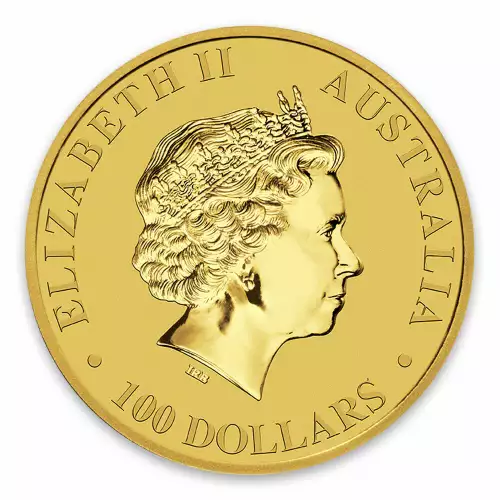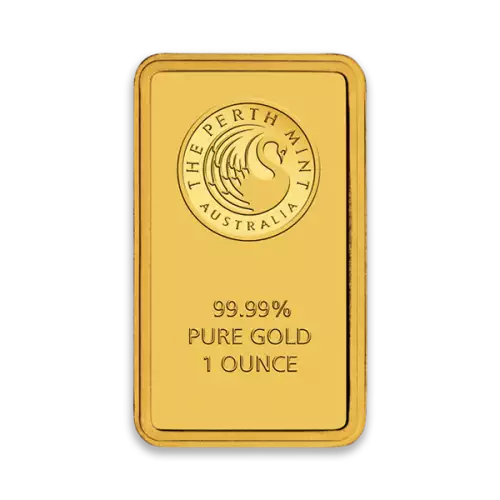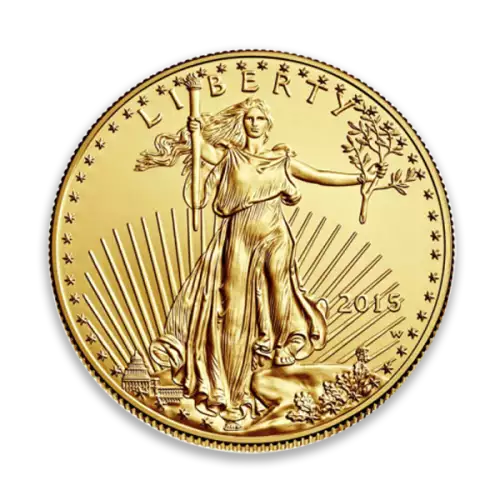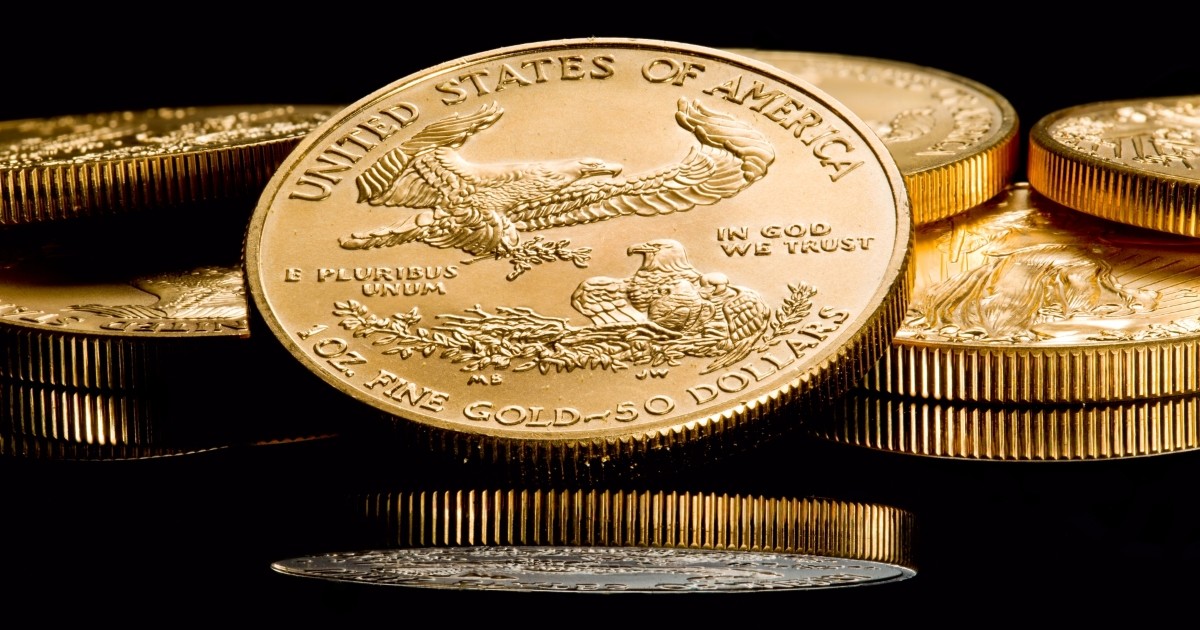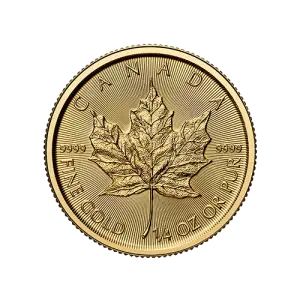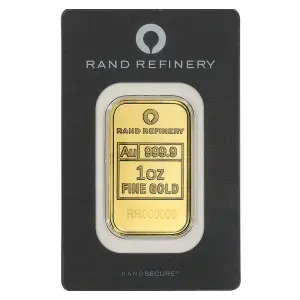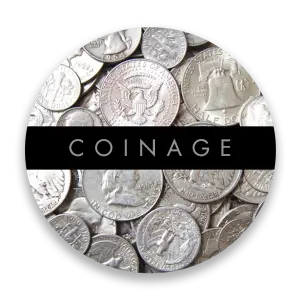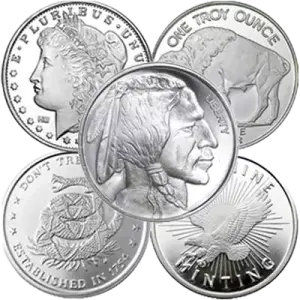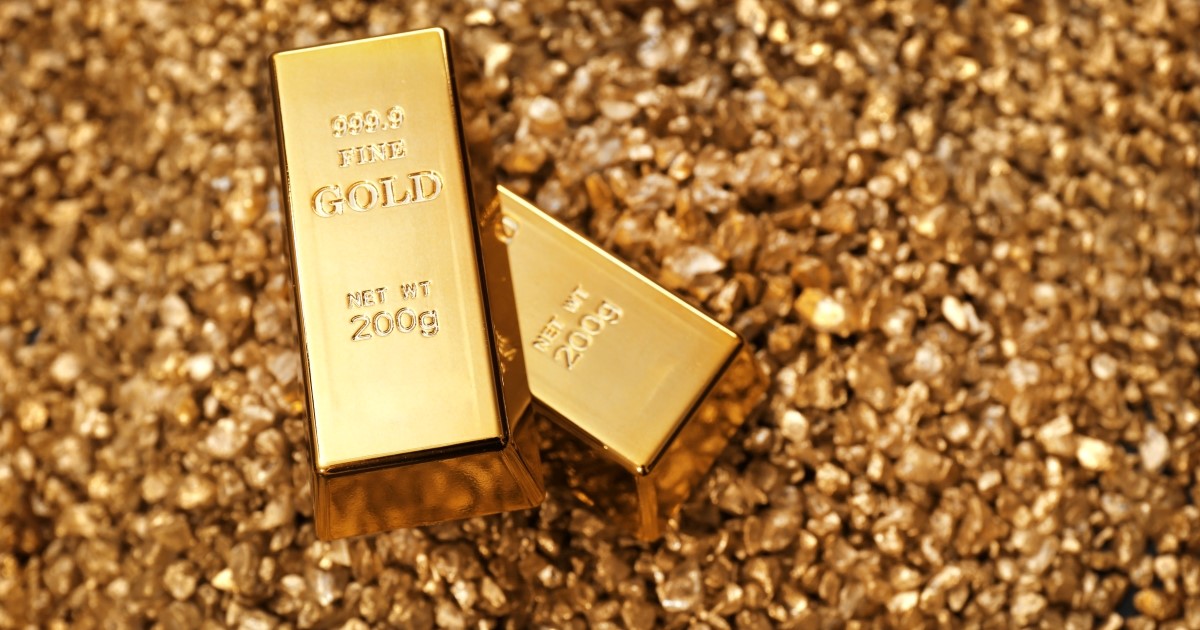
“What even is a troy ounce?” It’s a question many new investors ask—and for good reason. A troy ounce is the standard unit of weight used for precious metals like gold, silver, and platinum. Unlike the common ounce (avoirdupois) used for things like flour or coffee, a troy ounce weighs 31.1 grams, slightly more than the 28.35 grams of a regular ounce. This system dates back to 15th-century Troyes, France, where merchants needed a standardized way to measure high-value goods.
The troy ounce still matters today because it ensures global consistency in precious metal trading. Whether you're buying gold in New York or selling silver in Tokyo, the troy ounce keeps pricing and weight aligned. In a world where even a gram can make a difference, knowing this system isn’t just helpful, it’s essential for protecting your investments.
In this blog, we break down how the Troy ounce works, how it compares to standard ounces, and why it’s critical for smart bullion buying.
Troy Ounce vs Ounce: What’s the Real Difference?
Let’s clarify a surprisingly common mix-up: Troy ounce vs ounce.
A troy ounce weighs a little heftier at about 31.1035 grams, whereas a standard (avoirdupois) ounce weighs around 28.3495 grams. And that’s a substantial 10% difference, which is important when dealing with metals that sell for thousands per unit.
Using the wrong system will create all kinds of chaos, especially in pricing. Consider selling gold by the regular ounce and unknowingly getting shorted on each transaction. This isn’t just an error; it’s a costly error.
Most everyday products, grains, produce, and coffee are sold by the standard ounce. But precious metals are the exceptions. Gold, silver, and platinum are all traded by troy ounces.
Troy Ounce Conversion: How to Calculate It Correctly
Now you might just happen to hold a gold bar in your hand and wonder, “How many Troy ounces could this gold bar be?” It’s not as complicated as it may seem. The conversion formula is as follows:
1 troy ounce = 31.1035 grams
1 ounce = 28.3495 grams
To convert the amount of gold you have into Troy ounces, you would have to know the amount of gold you have in grams. Simply divide the number of grams by 31.1035 and you’d have your answer. Let’s assume you have a bar of gold weighing about 100 grams.
100 / 31.1035 = 3.22 ounces
Also, you can compare this to its regular ounces equivalent, which would be about 3.53 ounces. Pretty easy conversions, right?
Just trust online tools like bullion calculators or converters for precious metals. They are an incredible time saver, and they'll help you avoid a costly mistake if you're buying or selling by weight. After all, when gold is trading into the thousands per ounce, accuracy is key.

Why Precious Metals Are Always Measured in Troy Ounces
Every serious gold coin, silver bar, or platinum ingot you will encounter is measured in a troy ounce, and there's a reason for that. It's not just because it's a relic of the past either, it's what provides a uniform method of measuring and pricing precious metals around the world. In the case of precious metals, troy provides the 2.75 extra grams over the standard ounce, so everyone is speaking the same language of weight and value.
From the mints in Switzerland to the trading floors in Singapore, the troy ounce is the agreed standard for weighing the physical attributes of gold, silver, and platinum. It creates certainty and accountability in prices in the global market.
It doesn’t matter if you’re buying a 1 oz American Eagle coin or a 100 oz silver bar; at the end, you’re dealing in troy ounces. Familiarizing yourself with Troy ounces isn’t an option but rather a necessity. After all, it is a necessary measurement to track the building or protection of your wealth through physical bullion.
How the Troy System Affects Bullion Pricing and Investment Decisions
When you see a gold coin priced for $2,350, it's not priced per kitchen ounce rather priced per troy ounce. That distinction makes a big difference. Bullion markets default to quoting the metal price in troy ounces, and that tiny 2.75-gram difference means hundreds of dollars over time.
Take a 1-oz gold coin, for instance. It is exactly 1 troy ounce (31.1035 grams) of pure gold. A 10 oz silver bar? Same thing! 10 troy ounces, not the grocery-store ounces. If you get the two systems confused, you could end up overpaying and/or mislead yourself when estimating your holdings.
Grasping onto the Troy ounce concept is not merely a nerdy detail—it is much more of an investor protection aspect. Whether you are buying for investment purposes, gifting a coin, or planning for retirement with bullion-backed IRAs, knowing how to understand when we are dealing with weight systems means you are making smarter and sharper decisions every step of the way.
Common Myths and Mistakes About Precious Metal Weights
We've seen people assume that a coin that says "1 oz" uses the same weight measurement as on their kitchen scale. Spoiler alert: it doesn't, which is where the confusion and sometimes expensive mistakes come in.
Another big mistake? Misreading the packaging or reporting prices in the wrong unit for value calculation. If you put in a standard ounce when prices are based on market conditions for troy ounces, you are instantly undervaluing your investment. That's why it is not merely "trivia" to know the Troy ounce definition; it is critical to every informed buying decision.
At Pacific Precious Metals, we help cut through the fog. From our clear labels, in-person guidance, and live price tools, we ensure every buyer understands exactly what they are buying—and why it matters. No guessing. No surprises. Just smart, transparent investing. Visit us at our locations in Fremont, Palo Alto, Sausalito, or Walnut Creek.

Shop Smarter: Why Weight Matters When Buying from Pacific Precious Metals
At Pacific Precious Metals in California, all gold and silver products are priced by the troy ounce, the industry standard for accuracy and transparency. Whether you're investing in bullion or researching IRA-eligible metals, you'll always know exactly what you're getting.
Knowing Troy ounce vs ounce will help you avoid beginner mistakes and shop with the confidence and transparency serious investors expect. We've built our website and services to make this easy, even if you are just beginning. We have live pricing tools and consultations at every moment to make everything about each transaction crystal clear.
Are you ready to shop smarter? Check out our entire selection of all bullion products or reach out to our team for direct assistance when making your next precious metals investment.

